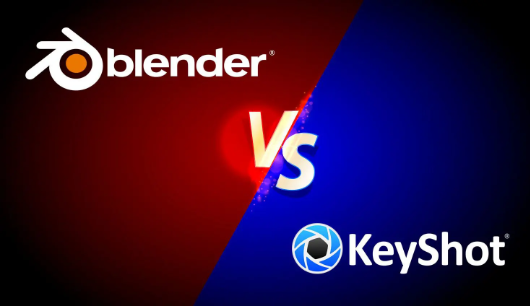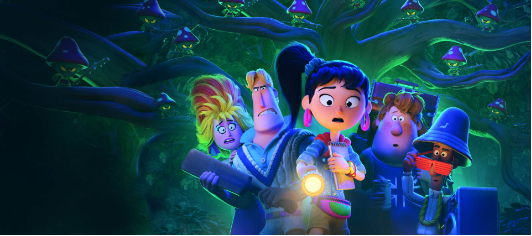2024-07-11
한어Русский языкEnglishFrançaisIndonesianSanskrit日本語DeutschPortuguêsΕλληνικάespañolItalianoSuomalainenLatina
As cloud rendering technology becomes increasingly mature, it is particularly important to choose a 3D rendering software that fits the needs of the project. Currently, Blender and KeyShot are widely respected as the industry's leading all-round rendering solutions. Although they can both create convincing and realistic visual effects, they have their own strengths in terms of features. This article aims to deeply analyze the core rendering capabilities of Blender and KeyShot, and guide users on how to make a wise choice between the two based on the specific needs of the cloud rendering environment.

Introduction to Blender
Blender is an open source 3D creation suite that provides a comprehensive 3D production process from modeling, animation to rendering.

It is completely free and supports cross-platform use, including Windows, Linux, and macOS operating systems. Blender's interface uses OpenGL technology to provide users with a consistent experience. Advanced users can also use the Python scripting API to customize Blender or develop specialized tools.
Introduction to KeyShot
KeyShot is a standalone real-time ray tracing and global illumination program designed specifically for producing 3D renderings, animations, and interactive visual effects.

It is based on a physically correct rendering engine developed by Luxion, featuring scientifically accurate material representation and global illumination technology.
Both Blender and KeyShot have powerful rendering engines that can fully utilize the performance of the CPU and GPU and provide real-time rendering capabilities, allowing users to discover and solve problems in time before completing the rendering.
Blender Rendering Features
Since version 2.8, Blender includes three rendering engines: Cycles (a physically based path tracer), EEVEE (a physically based real-time renderer), and Workbench (for layout, modeling, and previewing).
Cycles provides physically based rendering results with artistic control and flexible shading nodes. EEVEE is built with OpenGL, focusing on speed and interactivity to achieve rendering of PBR materials. Workbench is optimized for fast rendering during modeling and animation preview.

Cycles has the following features:
NVIDIA: CUDA、OptiX
AMD:HIP
Intel: OneAPI
Apple: Metal
Unidirectional Path Tracing with Multiple Importance Sampling
Multi-core CPU rendering with SIMD acceleration
Hybrid rendering (CPU GPU)
GPU Rendering:
Multi-GPU support
Unified rendering core for CPU and GPU
EEVEE